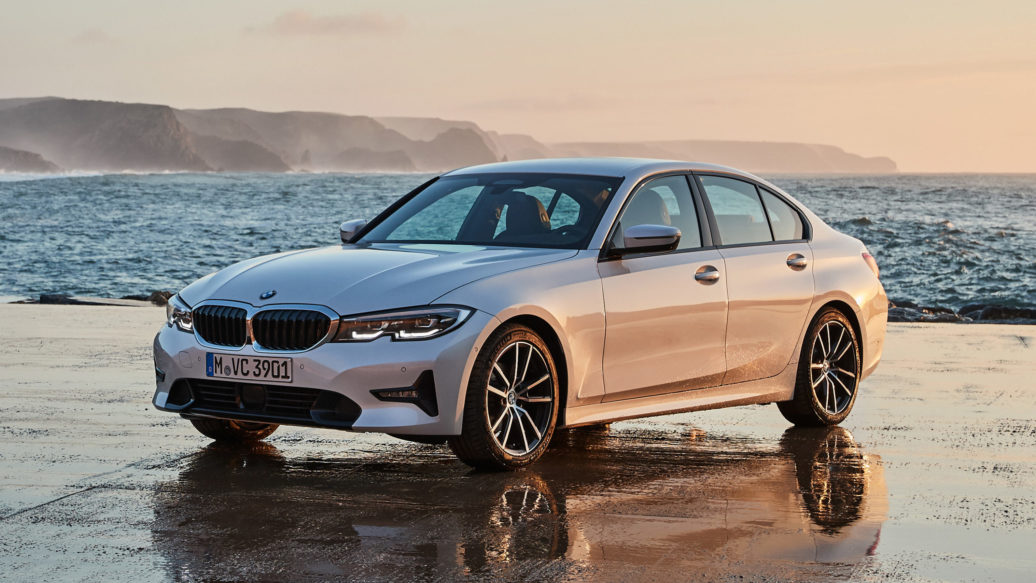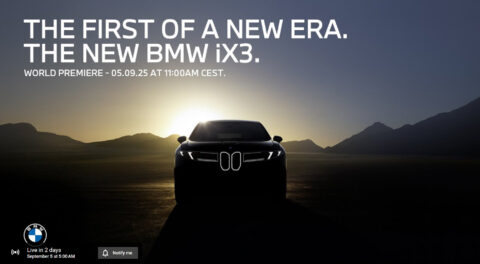Late last year I wrote a column about the so-called single-BMW solution. The concept is simple: one single BMW in which to do it all—a daily driver and weekend warrior all in one, with a multifaceted personality that is just at home on a grocery-store run as it is traversing your favorite back road, something functional and practical enough to help you through the daily struggle but playful and sporty enough that it doesn’t let you down when the rev range and suspension are exercised.
I outlined no fewer than six different candidates, any of which I consider to be well qualified to serve as a one-BMW solution. BMW’s current vehicle lineup unquestionably contains many more exceptional cars with the split personality that so many of us seem to crave, and the same is true of numerous models from yesteryear—the company did make its name by selling some of the best sport sedans the word has ever known.
Before going any further, however, I should point out that I’m starting to find the whole topic a bit ironic. It wasn’t all that long ago that I was in college, dreaming of a multi-car garage holding several cars, something practical that I could use and abuse on a daily basis, and something a bit more special that I could spare from the routine and its associated wear and tear. Now, roughly a decade later, I’ve become captivated by the opposite.
However, there’s one problem with any single-car solution: Simply put, purpose-built things are almost always better at their specific intended use. I’m not advocating for more people to drive stripped and caged cars, but if exceptional handling is your goal, suspension bits and tires that shine on track are usually on the agenda. At the same time, things—in this case cars—designed with more than one task in mind typically tend to offer reduced performance across the spectrum, in exchange for being able to do some of them at all.
Think of it like a tuxedo and a pair of jeans: The latter are a popular everyday clothing item because of their inherent compromise. If we want to dress for an occasion or be more comfortable, there are other better-suited options. (Better suited! See what I did there?!)
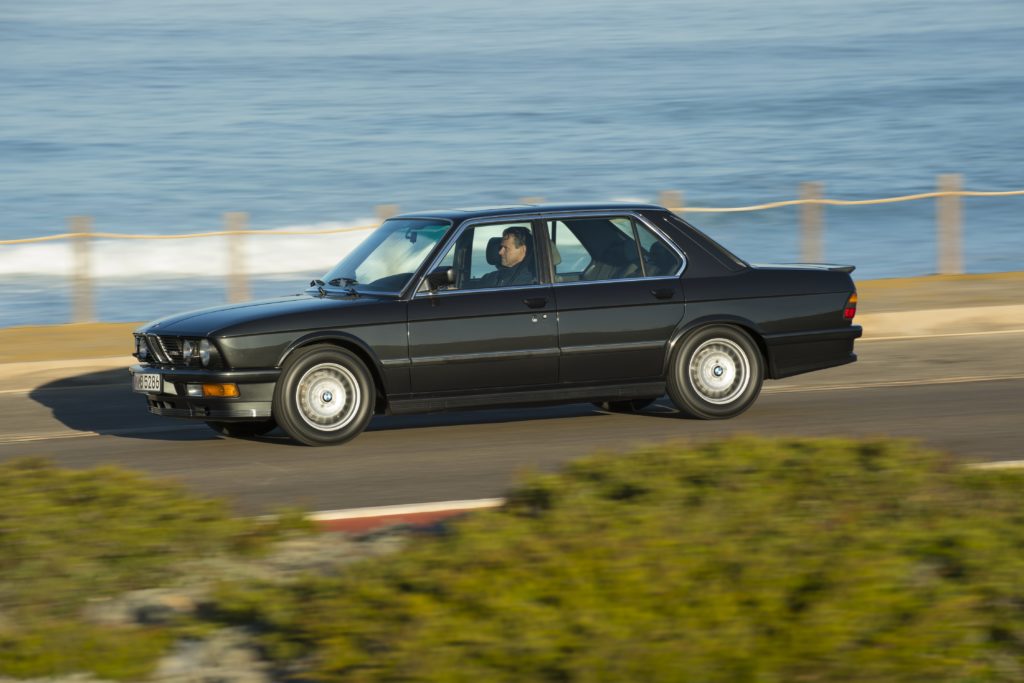
There are, of course, exceptions to this rule, but they seem genuinely few and far between, and the detriment of compromise is ever-present. Coincidentally enough, BMW has made a few cars that stand as perfect examples of this, like the E28 M5, which offered Ferrari performance in the form of a stately sedan. It’s no wonder so many of them have over 200,000 (or more) miles now.
Lately I’ve been thinking more deeply about the modern single-BMW solution that would best suit my current lifestyle. At my core, I think that I’m a multi-car guy; I like having something comfortable and something fast. I would like to own something with all-wheel-drive again someday as well—even though I’d have to justify it by making occasional use of its capabilities. If I’m able to secure another garage space for a fair price, I’ll probably stop being so obsessed, but there’s always a part of me that wants to simplify things.
That’s why I’ve been considering which single BMW from the last five years I might consider consolidating as a replacement for my current three cars. (Talk about first-world dilemmas!)
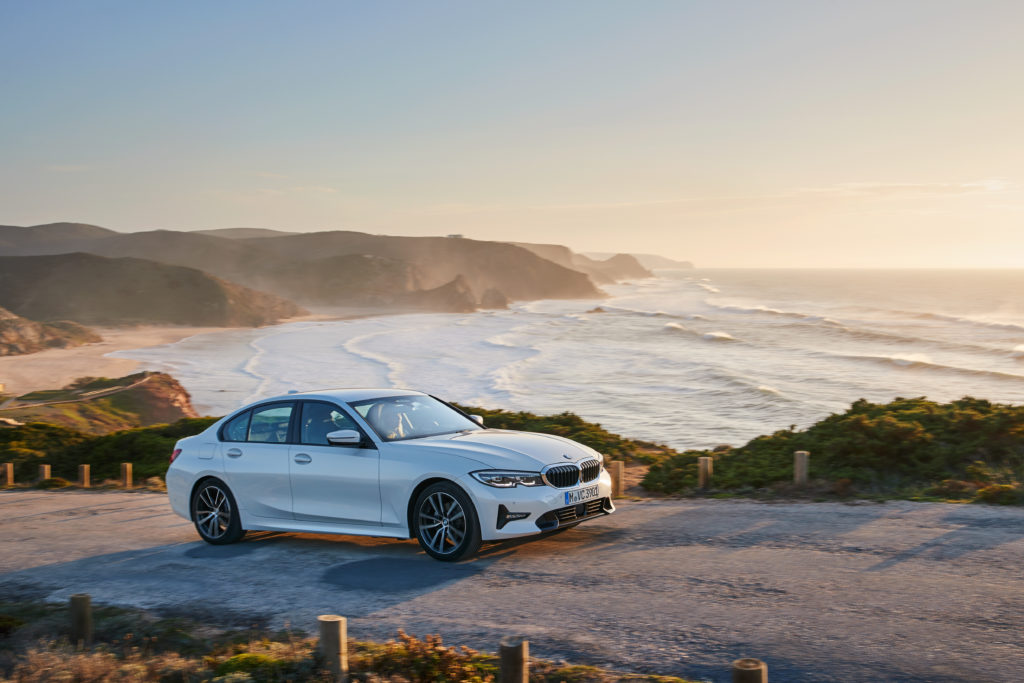
G20 330i: I’ve always wanted to own a new 3 Series, and although we’re far removed from the days of the E46, the current G20 is quite good. The M340i is as fast as the previous F80 M3 and boasts the advantage of all-wheel-drive, but costs more than a CPO M3. The volume-seller 330i is thus the natural choice. BMW offers attractive lease and finance offers on them, and the pre-owned market is strong, as with any mass market model. If you specify one with the driver-assistance professional package, it will also carry you through traffic jams with minimal driver input, thanks to its version of adaptive cruise control and an array of other sensors and cameras.
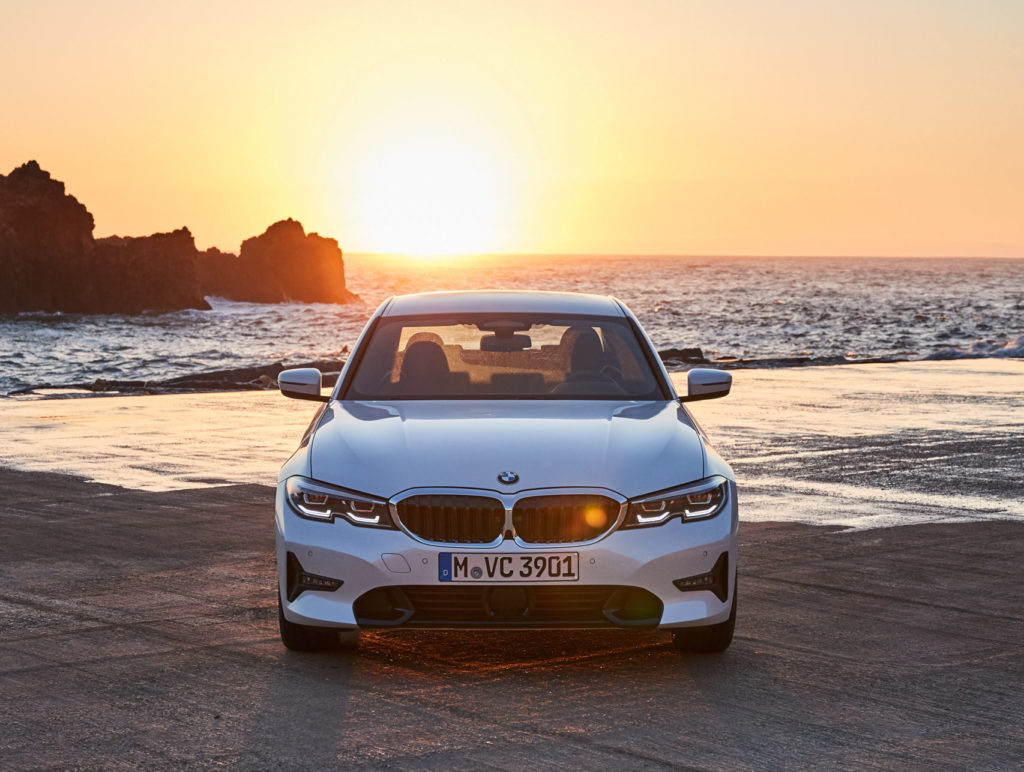
The current 3 Series also has just about everything I need: four seats, a sizable trunk, modern tech, respectable performance, and decent handling that wouldn’t disappoint me when it matters. It’s also decently comfortable as well—but perhaps not particularly so when compared with a true luxury sedan.
This is my current objection with the otherwise almost-perfect 3 Series: It’s just not quite special enough. I’ve already got something more comfortable and cosseting than the Three ever could be, and instead of a four-cylinder, it’s got a V8. I’ve also got something faster than the 5.4-second zero-to-60 330i (5.2 seconds with optional xDrive). The B48 two-liter four-cylinder in the 330i is a great engine that is leagues smoother than the N20 it replaced, and even with 258 horsepower from 5,000 to 6,500 rpm and 295 pound-feet of torque from 1,550 to 4,400 (identical torque to the last-generation N55 turbo six), it’s simply no match for my tuned 135i, which also has hydraulic steering.
The final nail in the coffin for the 330i is depreciation. Buying used or Certified Pre-Owned helps, but they’re still quite new, and they still have a ways to go in terms of losing value. I suppose their being not quite special enough for me is another contributing factor; I think my current 135i is worth more now than a G20 330i will be once it reaches comparable age and mileage.
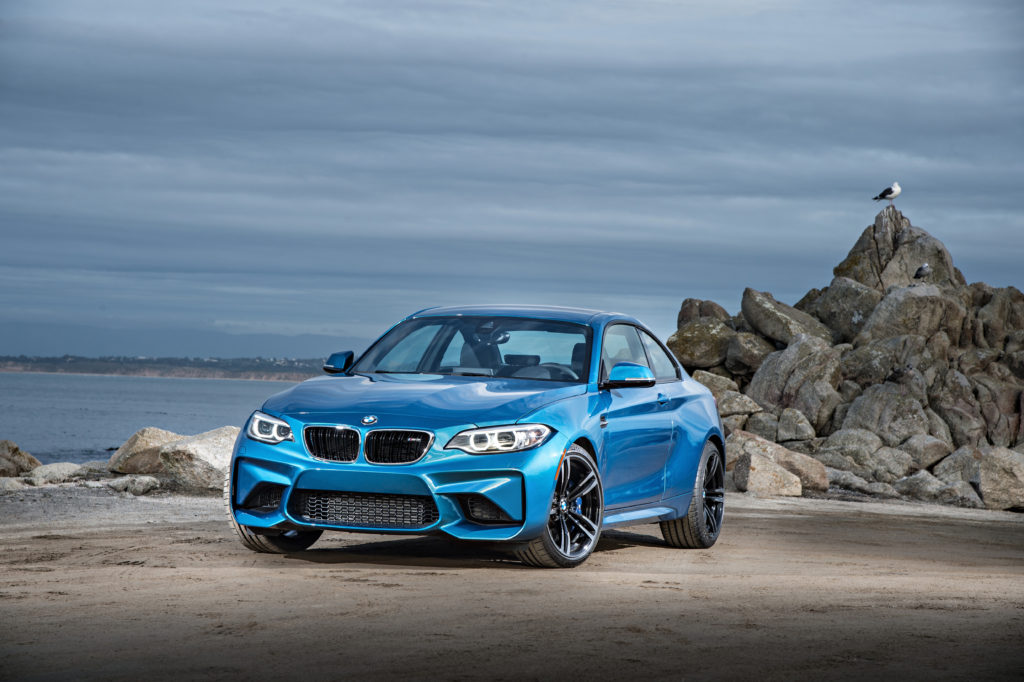
M2: Despite coming from BMW’s M lineup, the M2 is probably a safer bet for someone like me. I don’t really need four doors and the best in terms of comfort, but because of its sport-sedan roots, the M2 remains quite practical, with a trunk of good size and an interior that can seat four—if you really need it. The drivetrain, whether considering the N55 or the S55 of the M2 Competition, is tried and true, and its performance is undisputed. The M2 is one of the most engaging modern BMWs you can buy right now, and it’s not surprising that it’s been the most popular M car since its debut.
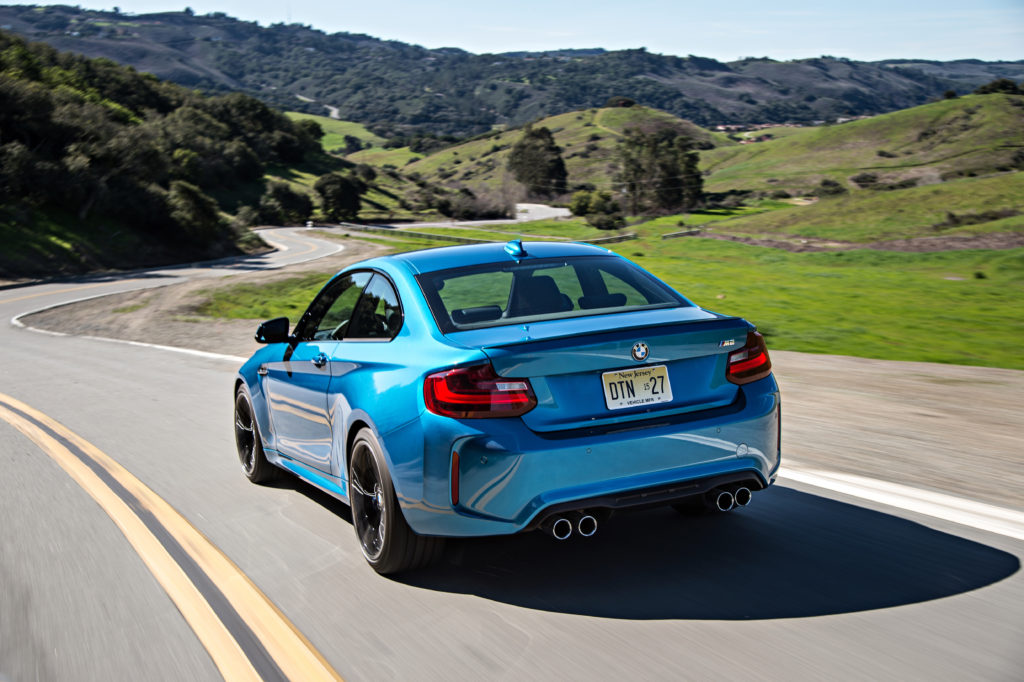
M2 depreciation is also getting to the point where the current selling prices of the N55-powered cars have become tempting to me. The M2 in any form will always be a special car, which means that they’ll always be worth something. If I do eventually get one, I’d have to go with Long Beach Blue. Comfort is a major downside with any M car, and although I still crave that visceral feedback at times, most days I’d rather not feel every imperfection of the road.
However, even though there’s no question that the car represents an upgrade over my current 135i, it uses the same engine and drivetrain (N55 and DCT) that I already have, which makes me question the financial commitment of the whole idea. To be completely satisfied, I’d probably have to go with an M2 Competition, and those haven’t become quite affordable enough yet; if I’m going to spend M2 Competition money, there are simply too many 500-plus-horsepower V8s in exotic two-door bodies to ignore.
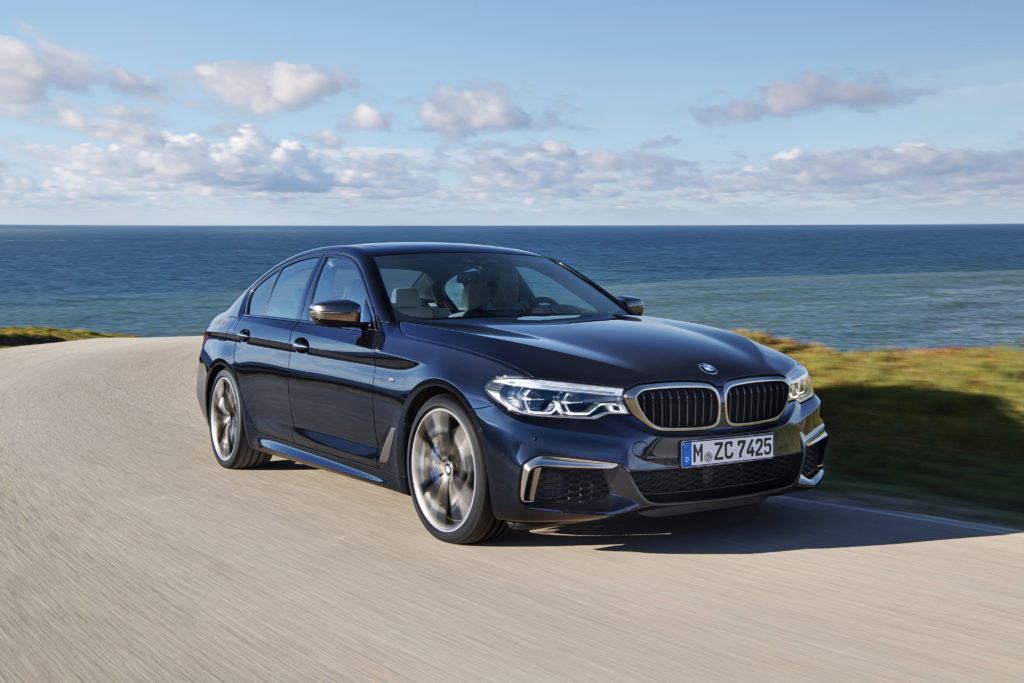
M550i: I’ve been a 5 Series guy since I first became obsessed with BMW. My first two BMWs were E28s, and could easily rattle off a list of the other 5 Series models I’d like to own, like the E34 535i. The current G30 5 Series is about as good as it gets, and the F90 M5 which is derived from it is one of the best performance bargains in the contemporary BMW lineup. For roughly half the cost of a used F90 M5, however, you can buy an M550i with xDrive. I wrote about the value proposition that is the M550i in the summer of 2019, and in the time since, they’ve only become more enticing.
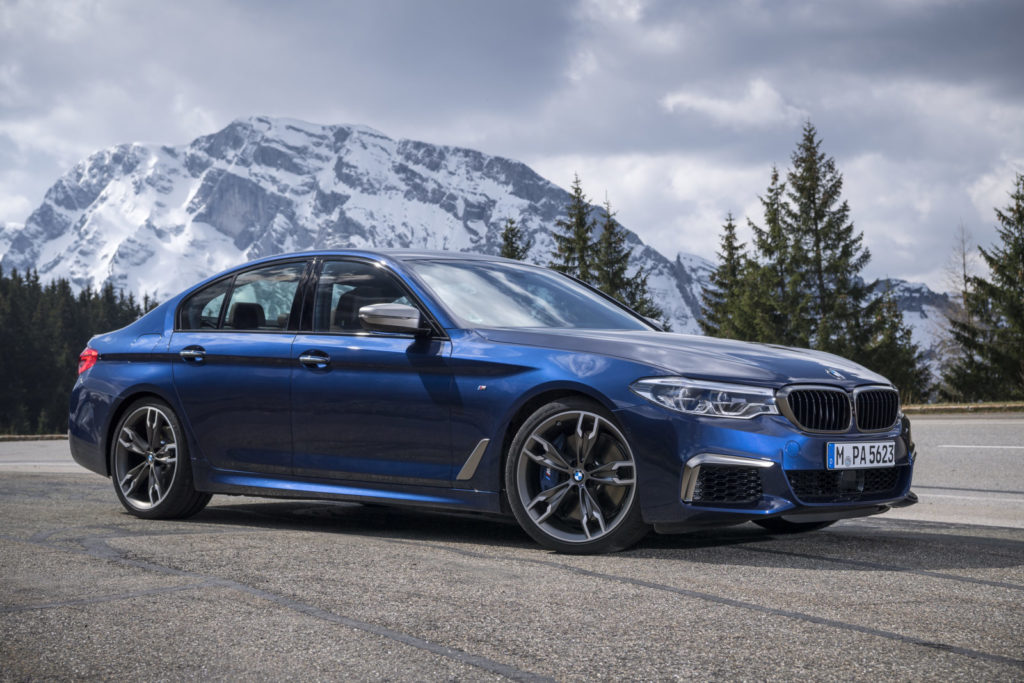
The G30 M550i offers much of what I want in a car: It’s powerful and comfortable, it has a V8 producing 523 horsepower (456 for the 2018 and 2019 model years), and it has xDrive for when you encounter inclement weather or want to use all of that V8’s grunt. It’s also comfortable and isolating, and doesn’t miss much in terms of tech. The early models have depreciated nicely, too—but if you want 500 horsepower, you have to go with the 2020 model year or newer. This presents a problem, as the 5 Series was given its LCI—life-cycle impulse, or facelift, if you want to be tactless—for the 2021 model year, a refresh which brought larger grilles with it. The look isn’t a huge change over the pre-facelift G30, but it’s a change nonetheless. This leaves just one Goldilocks model year for the M550i, and they haven’t shed enough value just yet.
There’s also the question of performance, and while the M550i is no slouch in a straight line, thanks to a zero-to-60 time of just 3.7 seconds for the 456-horsepower cars, I have no question that I’ll feel those 4,414 pounds of curb weight on my favorite back road. BMW has a way of making the numbers on spec sheets somewhat irrelevant, but jumping from a 1 Series to a 5 Series still a substantial leap.
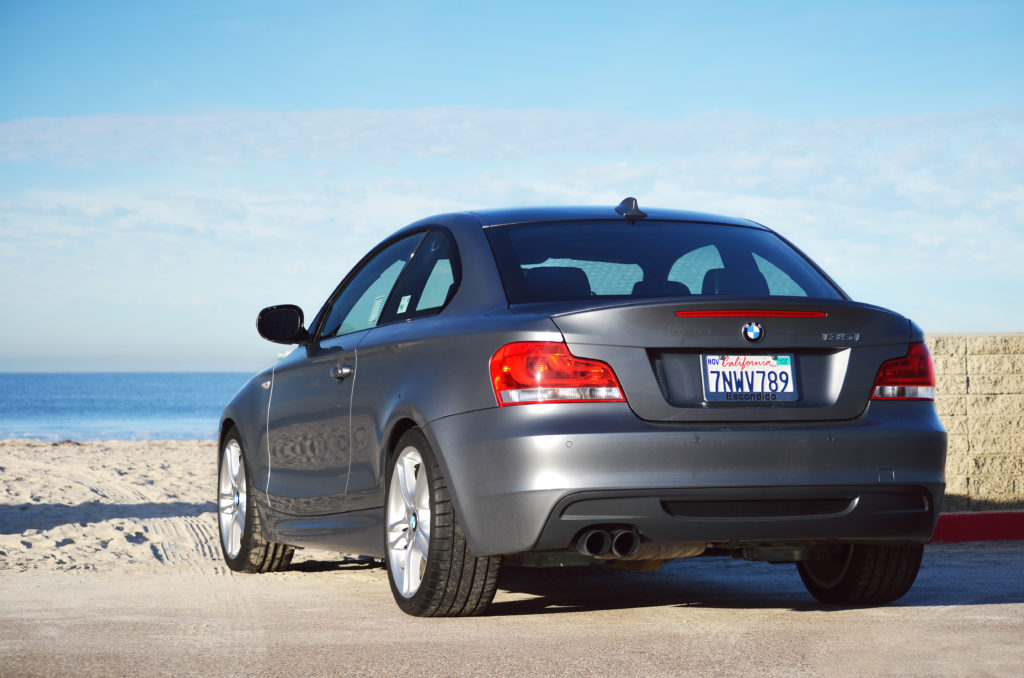
Where does this leave us? With no obvious choice that doesn’t present some kind of substantial downside, my search for the ideal single-BMW solution continues. There are even other cars from other brands on my radar, but they, too, present strong disadvantages, often driving me away from a particular brand. At the end of the day, it comes down to the simple truth that no car can be as comfortable as a luxury sedan while also offering the kind of white-knuckle driving experience that some of us can’t live without. The detriment of compromise, it seems, is ever-present.—Alex Tock
[Photos courtesy Travis Sterne, BMW AG.]

